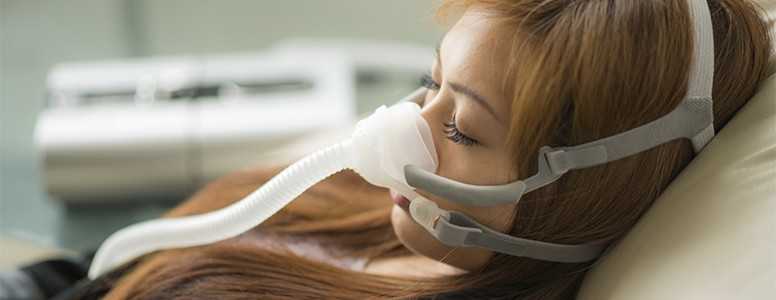Researchers at the University of Colorado School of Medicine have found that sleep disordered breathing from obstructive sleep apnea (OSA) and nocturnal hypoxia in obese teens with non-alcoholic fatty liver disease (NAFLD) may worsen scarring in the liver.
The study findings, published in the Journal of Hepatology, show that among obese adolescents with NAFLD, those that experience periods of low oxygen at night due to OSA had the most severe cases of liver disease.
Patients suffering from such disrupted sleep patterns can experience repeating cycles of normal and low oxygen levels during sleep and even develop increasing amounts of scar tissue in the liver through a mechanism that until now wasn’t completely understood.
Here, the research scientists have first established a link between obesity-related OSA and NAFLD progression in adults before making a connection between nocturnal hypoxia and oxidative stress, which is believed to be a driving factor of NAFLD.
Sleep apnea also increases the risk for cardiovascular disease, a major diabetes-related complication, by putting extra pressure on the heart to get oxygenated blood to the body.
The hypothesis tested by researchers was that oxidative stress-derived free radicals or reactive oxygen species from both OSA and nocturnal hypoxia in obese NAFLD patients create an inflammatory reaction causing cell injury by oxidative damage in the liver.
The phenomenon whereby sleep apnea worsens NAFLD is well established in adults but few studies examined whether this holds true for teens, especially obese teens.
To do so, lead investigator Dr Shikha Sundaram of Children’s Hospital Colorado and her colleagues studied 36 adolescents with NAFLD and 14 lean patients in a control group.
Both NAFLD obese patients – of whom 25 had sleep apnea or periods of hypoxia during sleep – and lean subjects underwent sleep studies, liver testing and urine analysis.
The results revealed that teens with obstructive sleep apnea/hypoxia had more severe liver fibrosis (the first stage of liver scarring) than others, and had higher markers of oxidative stress.
Furthermore, greater oxidative stress occurred at night in 23 teens with nonalcoholic steatohepatitis (NASH), a more serious form of liver disease.
These data, along with other recent studies, seem to indicate rather conclusively that the progression of liver disease and sleep apnea are closely related. NAFLD subjects affected by OSA and low oxygen tend to have a greater imbalance between the presence of free radicals and their body’s ability to counteract their harmful effects than patients without any sleep disorder.
What's new on the forum? ⭐️
Get our free newsletters
Stay up to date with the latest news, research and breakthroughs.






